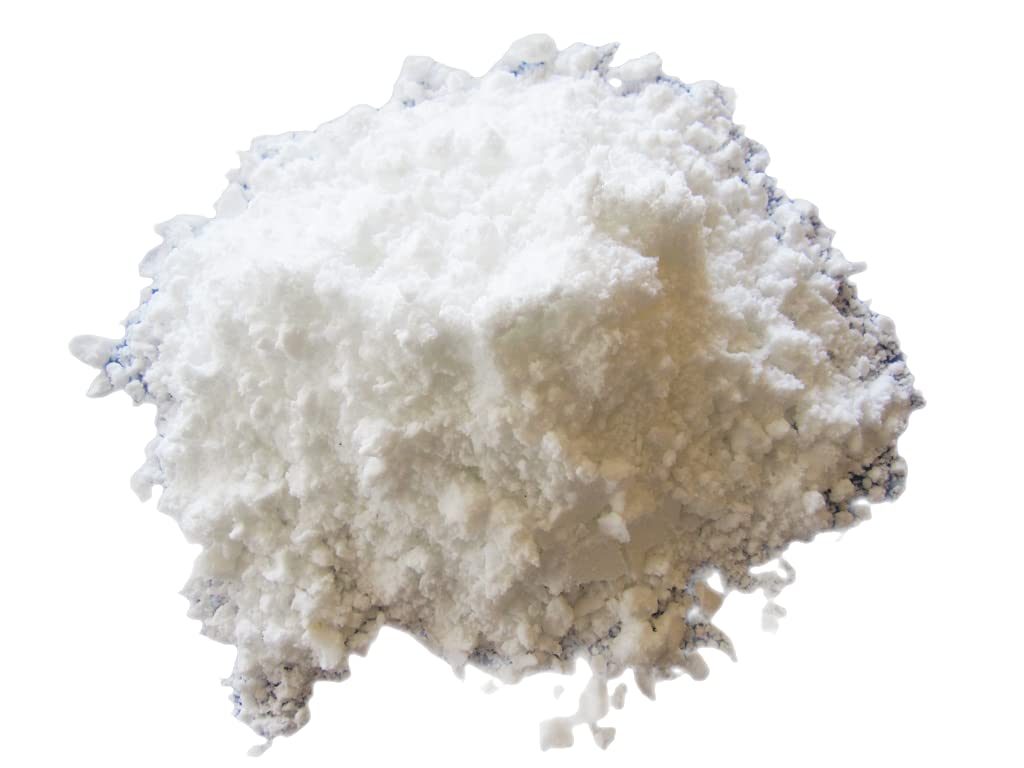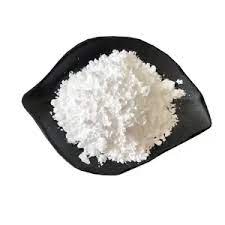Description
Please provide me with more context! I need more information to write a good article about Dihydrochalcones. To give you the best possible article, tell me:
- What is the intended audience? (e.g., general public, scientists, food manufacturers, supplement users)
- What is the purpose of the article? (e.g., to inform about potential health benefits, to explain the chemical properties, to discuss their use as sweeteners, to analyze their market potential)
- What is the desired tone? (e.g., informative, enthusiastic, critical, scientific)
- What specific aspects of dihydrochalcones are you interested in? (e.g., specific types like neohesperidin dihydrochalcone (NHDC), health effects, sweetness properties, applications in food and beverage)
- Are there any specific keywords that need to be included?
For example, you could say: “I want an article for the general public about the use of neohesperidin dihydrochalcone (NHDC) as a sweetener. I want it to be informative and explain its benefits compared to sugar.”
Once I have this information, I can write a comprehensive and relevant article for you.
However, I can provide some basic information about Dihydrochalcones to start with:
What are Dihydrochalcones?
Dihydrochalcones are a class of organic compounds structurally related to chalcones, which are themselves a type of flavonoid. They are naturally found in certain plants, especially citrus fruits.
Key Characteristics and Properties:
- Sweetness: Many dihydrochalcones possess intense sweetness, significantly exceeding that of sucrose (table sugar). This makes them attractive as potential low-calorie sweeteners.
- Structure: They have a distinct chemical structure based on a dihydrochalcone skeleton. Modifications to this structure can dramatically alter their sweetness and other properties.
- Sources: They can be extracted from plants or synthesized in a laboratory. The most well-known example is Neohesperidin Dihydrochalcone (NHDC) derived from citrus fruits.
- Applications: Primarily, they are used as artificial sweeteners in the food and beverage industry. They can also be explored for pharmaceutical applications.
- Stability: They tend to be more stable than some other natural sweeteners.
- Potential benefits: Some research suggests potential antioxidant and anti-inflammatory properties.
I look forward to hearing your instructions!












Reviews
There are no reviews yet.